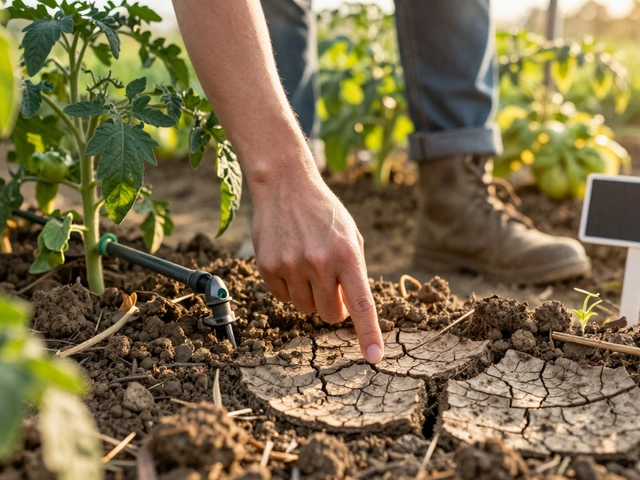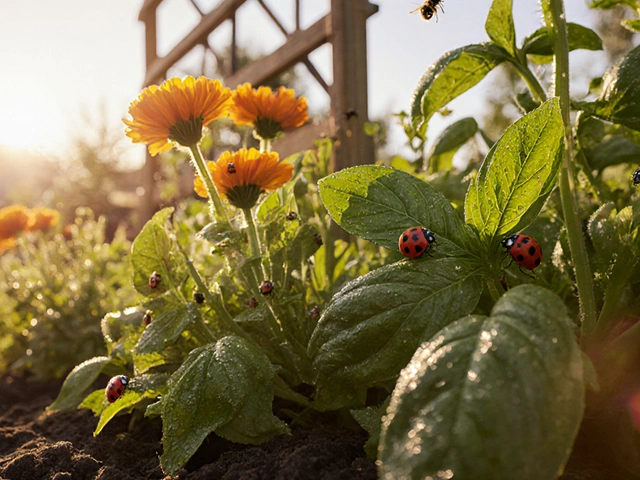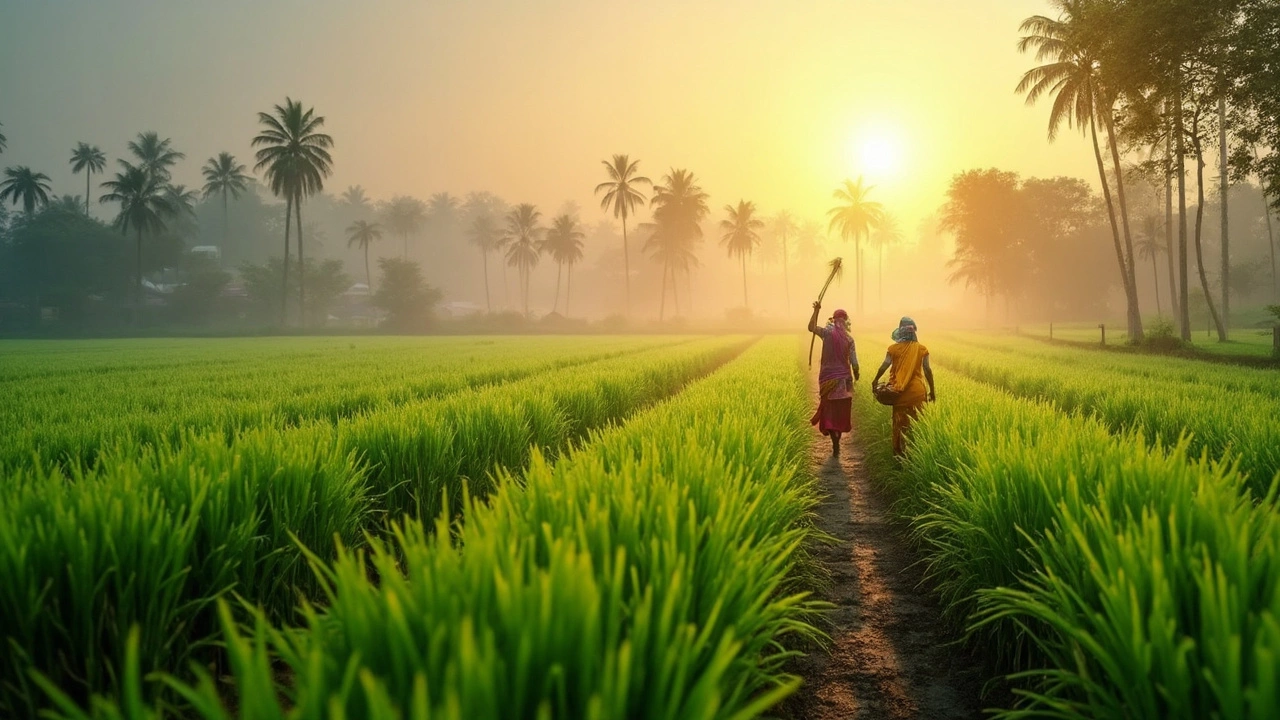Ratoon Rice: Quick Ways to Increase Your Harvest
If you grow rice in India, you already know how much work goes into preparing the field, planting seedlings, and waiting for the crop to finish. Ratoon rice lets you get another bite out of the same field without starting from scratch. In simple terms, ratooning means letting the first crop finish, then letting the remaining stalks sprout a second harvest. It saves time, reduces seed cost, and can lift your total yield by 10‑30%.
What Is Ratoon Rice and When Does It Work?
Ratoon rice is the second crop that grows from the stubble of an already harvested rice field. The key is to cut the first crop low, leaving enough tillers and roots alive. This works best with short‑duration varieties that mature in 90‑100 days and in regions where the monsoon or irrigation provides enough water for a second growth cycle. States like Punjab, Haryana, and parts of Odisha have reported good ratoon results because they have reliable water and a warm post‑harvest climate.
Steps for a Successful Ratoon
1. Choose the right variety. Look for rice types labeled “ratoon‑friendly” or short‑duration. These keep strong tillers after the first cut.
2. Harvest the main crop at the right stage. Cut the plants when 80‑85% of the grains are mature. Cutting too early reduces the vigor of the ratoon shoots; cutting too late leaves weak stalks.
3. Leave about 8‑10 cm of stubble. This length preserves the basal nodes that will sprout again. Avoid pulling the whole plant out of the ground.
4. Manage water carefully. Flood the field within 24‑48 hours after cutting. A consistent water depth of 5‑10 cm encourages rapid shoot growth. If you rely on irrigation, keep the water level stable until the ratoon crop reaches tillering.
5. Apply a light fertilizer dose. Use about 30‑40 kg N per hectare, split into two applications: one right after cutting and another at the tillering stage. Too much nitrogen can cause lodging, while too little limits the second yield.
6. Watch for pests and weeds. The stubble can attract pests like stem borers. Use safe, timely pesticide sprays or natural alternatives such as neem oil. Keep the field weed‑free to avoid competition for nutrients.
7. Plan the harvest timing. The ratoon crop usually matures in 60‑80 days. Harvest when the grains turn golden and the moisture content drops below 20%.
Following these steps can give you a solid second harvest without the expense of buying new seed or plowing the field again. Many small farmers in India have reported an extra 2‑3 tons per hectare when they ratoon correctly.
Remember, ratoon rice isn’t a magic trick. It works best when you have good soil, reliable water, and the right variety. If any of these factors are weak, stick to a single crop and focus on improving those basics first.
Ready to try ratoon rice? Start by checking with your local agriculture office for recommended varieties and fertilizer rates for your district. With a little care, you can turn one field into two productive seasons and boost your income without extra land.
Does Rice Grow Back Every Year? Understanding Rice's Regrowth Cycle
Ever wondered if you can plant rice once and just keep harvesting year after year? This article explains whether rice naturally regrows annually or if farmers need to replant. It shares how ratoon cropping works, when rice regrows after harvest, and the differences between perennial and annual rice varieties. You'll also find out what conditions let rice fields bounce back and where farmers actually benefit from rice regrowth.
About
Rice Cultivation
Latest Posts


Should I Run Drip Irrigation Every Day? Here’s What Actually Works
By Alden Thorne Dec 9, 2025

Flushing Your Drip Irrigation System: How Often Should You Do It?
By Alden Thorne Feb 19, 2025

How to Fix Hard Soil in Your Garden for Healthier Plants
By Alden Thorne Jun 29, 2025

